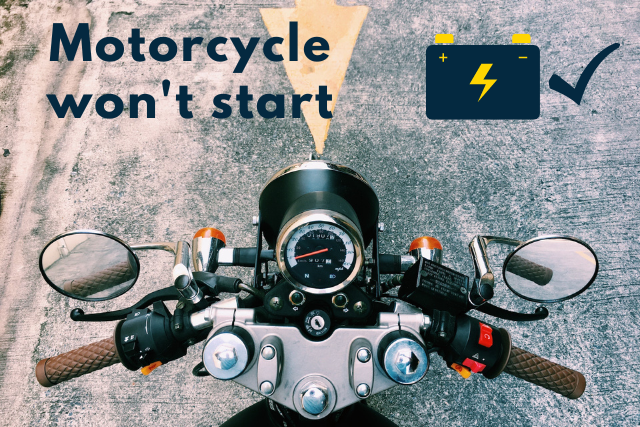The motorcycle not starting despite a good battery is a headache to troubleshoot. Battery problems are the most common and once you confirm they are not a problem, it’s time to dig deeper.
Here are the possible reasons why the motorcycle is not starting even when the battery is good:
- Blown fuse
- Low fuel levels or Reserve fuel switch is OFF
- Kill switch is ON
- Battery terminals are oxidized
- Malfunctioning starter motor
- Engaged gear or clutch is NOT pulled in
- Damaged spark plugs
Let’s discuss each of these reasons in detail and how to fix them.
#1: Blown fuse
A blown fuse connected to the ignition circuit is a cause for the motorcycle not starting even if the battery is good.
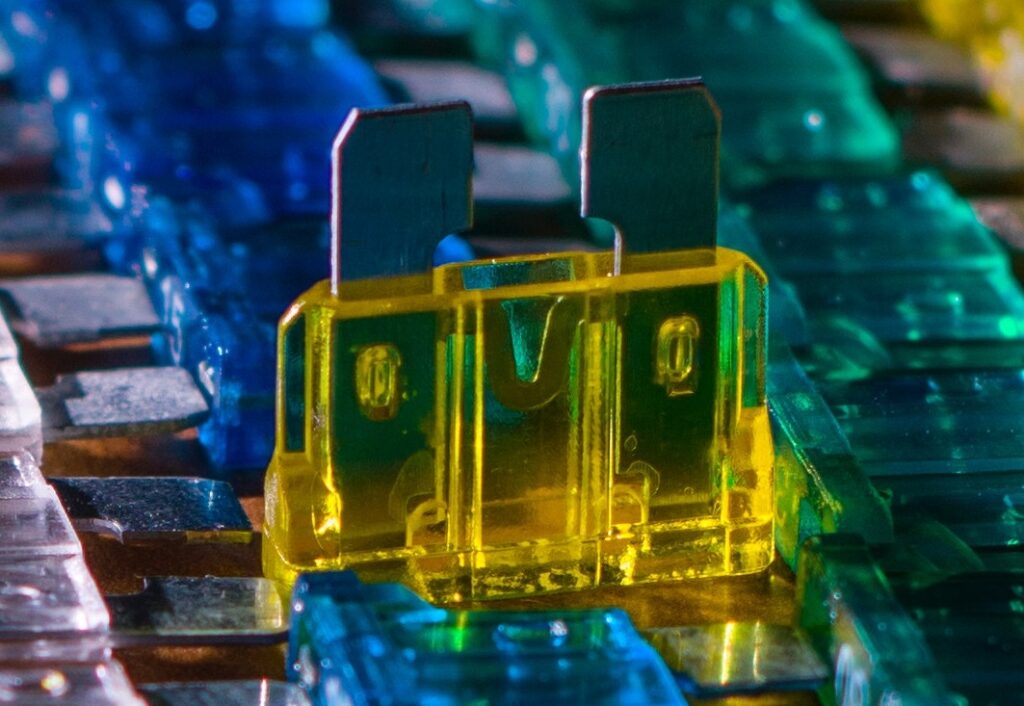
A motorcycle fuse is an electrical safety device that protects a circuit from overcurrent. If there is an overcurrent in the electric circuit, then the fuse sacrifices itself and blows out to safeguard the circuit.
Since there are various electric circuits in the motorcycles, they need fuses to protect them against overcurrent.
The motorcycle fuse can blow up because of any of the problems in the electric circuit ranging from short circuits to overloading to mismatched loads to the device failure.
How to confirm
To confirm it is indeed a blown fuse causing starting problems in your motorcycle, you need to check each fuse.
Most motorcycles have their fuses covered in a box. This box is obviously called – a fuse box cover (duh!). The fuse box cover is located directly below the seat and beside the battery.
Open the fuse box cover and you will see around 6-15 fuses depending on the number of circuits in the motorcycle.
For each circuit, there is a rated amperage. You can check these current ratings on the fuses where they will have markings like – 7.5, 10, 20, 30.
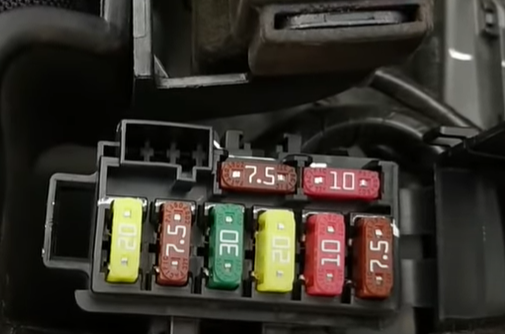
These numbers on the fuses are their circuit’s amperage rating. If the current exceeds the rating, the fuse will blow up and gets damaged.
Check each of the fuses. The starting problem is caused by either the main fuse or the ignition fuse.
To check whether the fuse is blown or not, all you need to do is see the metal strip inside the fuse. The U-shaped metal strip will be broken if the fuse is blown.
The strip will remain intact if the fuse is working properly and has NOT blown.
How to fix
If there is a blown fuse, the only solution is to replace the blown fuse with a new one.
You must always replace a blown fuse with a spare fuse of the same rating.
Few motorcycles provide spare fuses which are located near the battery. So, check for spare fuses near the battery in cases you have been provided with them.
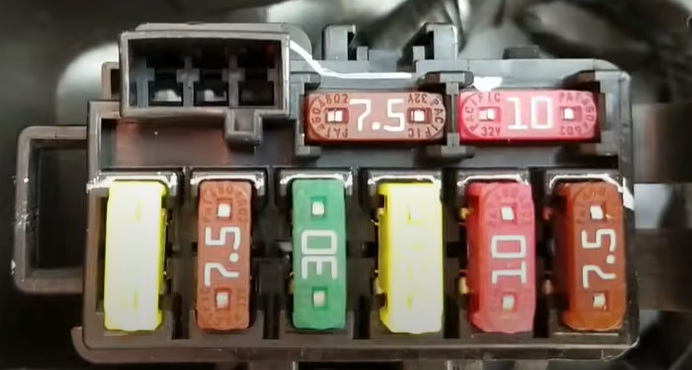
If not, buy a new fuse and make sure the amperage rating is the same.
Changing the fuse is easy. You need to pull out the blown fuse, if not already, and plug in the new fuse in place. Then, close the fuse box cover and reinstall the motorcycle seat (here is a step-by-step guide to replacing a blown fuse).
#2: Low fuel levels or Reserve fuel switch is OFF
Checking the basics. The fuel levels might be low or the reserve fuel switch is in the ‘OFF’ position – causing the motorcycle to not start.
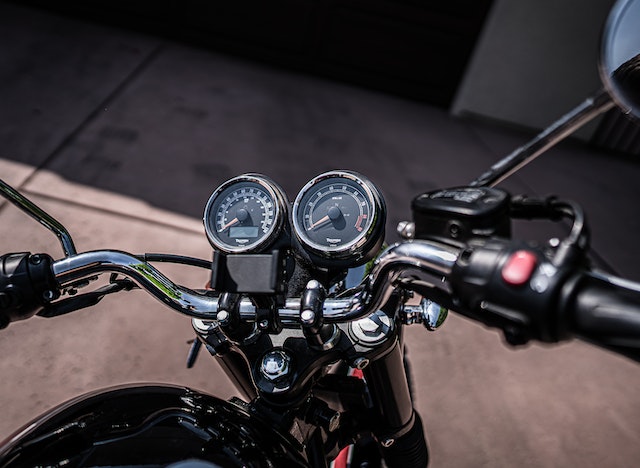
This is simple stuff. Yet oftentimes we overlook. Low fuel levels or the wrong reserve fuel switch position can be the reasons for the motorcycle not starting despite a good battery.
So check both of these and ensure that these are not the problem. In fact, you can sigh relief if this is the problem. The solution is the easiest among these other causes.
How to confirm
To confirm whether the low fuel level is the problem, check the fuel gauge on your motorcycle.
Usually, it is coupled with the speedometer or the odometer. If not, there will be separate fuel gauges in some motorcycles as well.
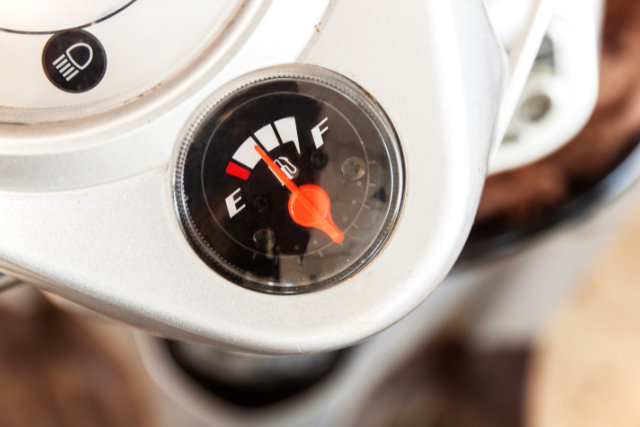
The fuel gauge can be read as:
- ‘F’ stands for the full tank; also denoted as 1 in some motorcycles.
- ‘E’ stands for the empty tank; also denoted as 0 or R in some motorcycles.
If the needle is pointing to E, then the fuel tank is empty. If you are riding, it is common sense to refill the tank when the needle is pointing in the red zone.
If it is indeed pointing to E, then low fuel level is what causes your motorcycle to not start.
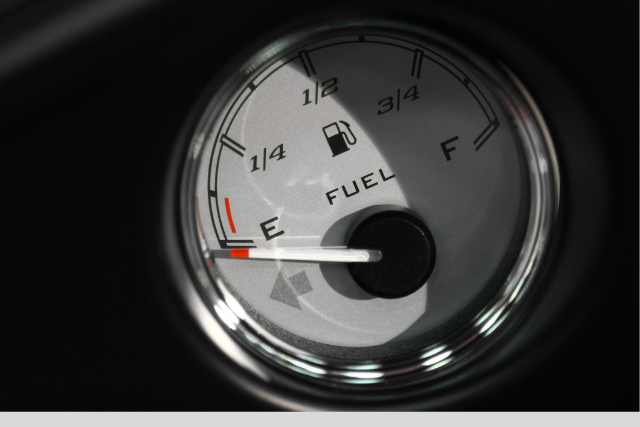
Few motorcycles will have digital fuel gauges. The fuel tank symbol will flicker or will show red to indicate low fuel levels.
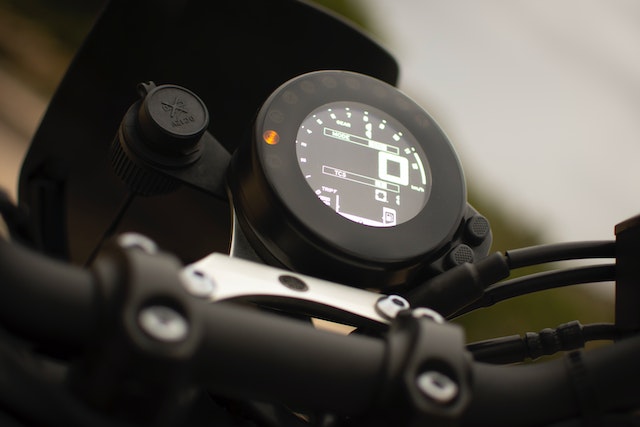
As for the reserve fuel switch, check the fuel petcock valve position in your motorcycle.
If the switch is in the ‘OFF’ position, then the fuel is not flowing from the tank to the carburetor. As a result, the engine is not getting the fuel and hence is not starting.
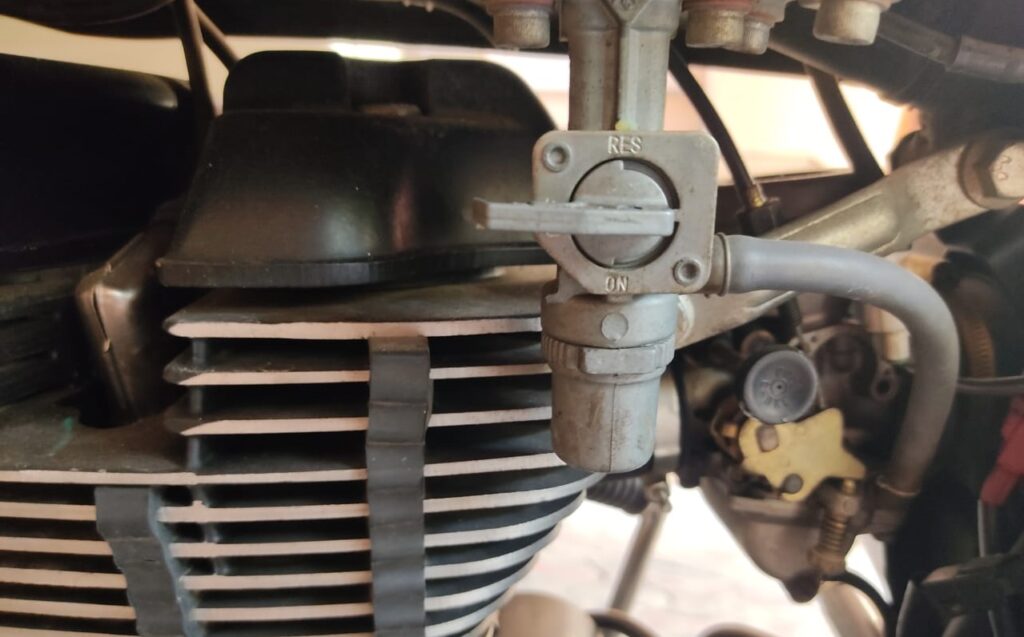
If the reserve fuel switch is indeed OFF, then you need to turn it so that the fuel can flow into the carburetor and then into the engine.
How to fix
Fixing low fuel or reserve fuel switch position is the easiest among other causes in this list.
For low fuel, you need to refill your fuel tank with gasoline. So go to your nearest gas station and fill the motorcycle with some gasoline in your fuel tank.
For the ‘OFF’ position in the reserve fuel switch, turn the valve into the ‘ON’ position. That should do the trick if there is fuel in the tank.
If there is low fuel in the tank, you can try switching to the RES position.

‘RES’ refers to switching to the reserve tank. The fuel flows from the reserve tank to the carburetor and then to the engine. This is handy when your main fuel tank runs out of gasoline.
#3: Kill switch is ON
A basic oversight. Having the kill switch ON will prevent the motorcycle from starting.
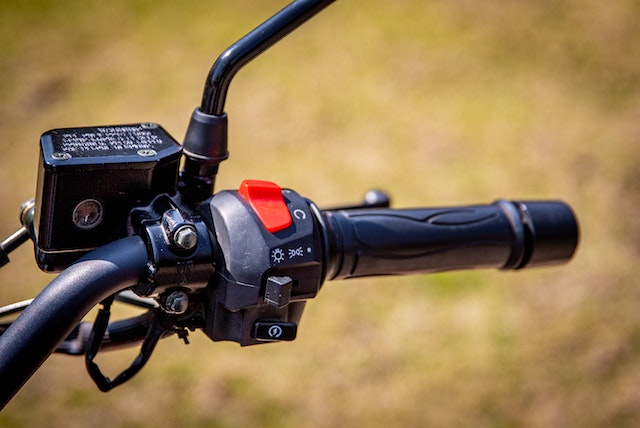
A kill switch is a red color safety button located on the right side of the motorcycle handlebar.
The kill switch helps to quickly shut down the engine and prevent the motorcycle from running. The switch is particularly helpful in the case of emergencies.
A common practice for most motorcycle riders is to switch ON the kill switch when they are not riding the motorcycle. It’s synonymous with taking the keys off their motorcycles.
And literally switching the kill switch ON is coupled with taking the keys off their motorcycles.
How to confirm
To check whether the kill switch is ON, look at the kill switch located on the right side of the handlebar as this red button.
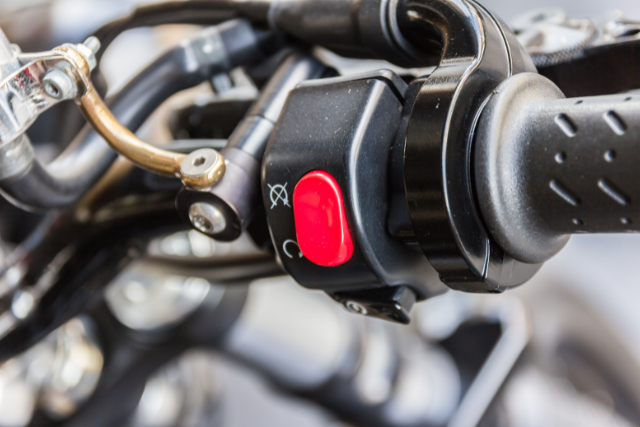
If the kill switch is ON, which is usually when the switch is pressed upward, then this is the reason for your motorcycle not starting.
How to fix
The fix is not a fix, it’s that easy. Easier than filling up the fuel tank.
Change the kill switch to the ‘OFF’ position. Press the button, usually downside, to OFF.
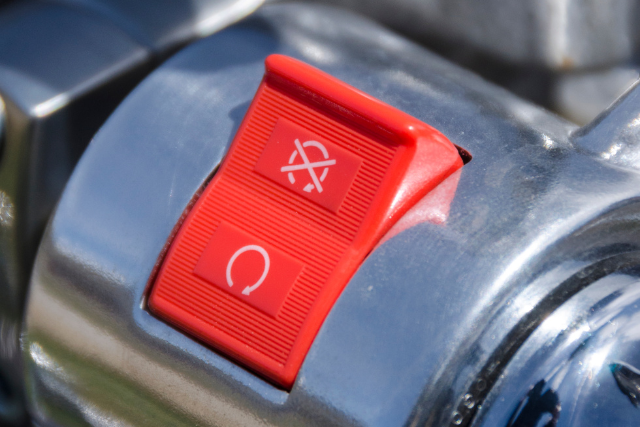
Once the kill switch is OFF, the ignition circuit is now active. You can start the motorcycle without any issues.
#4: Battery terminals are oxidized
Even if the battery is in good condition, corroded terminals can still cause starting problems in motorcycles.
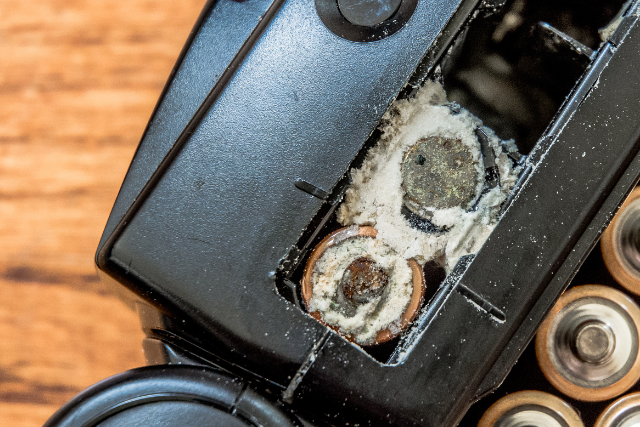
Corroded battery terminals can be very problematic as the current will not flow easily despite the battery being in good working condition.
Add to it, there might be leakage problems as well in the battery that you need to worry about.
So, even if you think the battery is in good condition, corroded terminals on the battery can result in the motorcycle not being able to start.
How to confirm
You need to check the battery terminals’ condition. If the terminal is covered under a cover, pipe, or nut, you might need to remove it and check.
Identifying corrosion is easy. Terminal oxidation happens when the battery acid reacts with the terminal metal.
If there are white or blue-green deposits on the battery terminal, then the terminal is corroded.
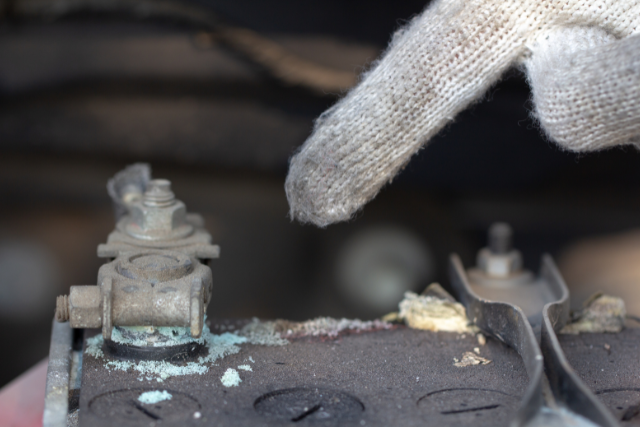
That’s it, If you notice these white or blue-green deposits, the battery terminals are oxidized and need to be addressed.
How to fix
You need to clean the corroded terminals.
Take up a wire brush, baking soda, water, and a towel rag.
Mix the baking soda with water and use the solution along with the wire brush to clean the corroded terminals.
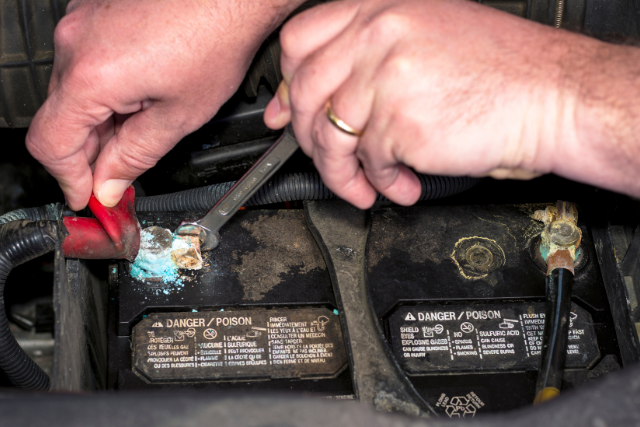
You might have to remove the battery for easier access. Once cleaned with the wire brush, use the towel rag to wipe the terminals dry.
One key thing. Make sure you are wearing safety gloves all the time while cleaning. No need to risk getting electrocuted even if you have removed the battery.
#5: Malfunctioning starter motor
For older motorcycles, a malfunctioning starter motor is a cause for the motorcycle not starting.
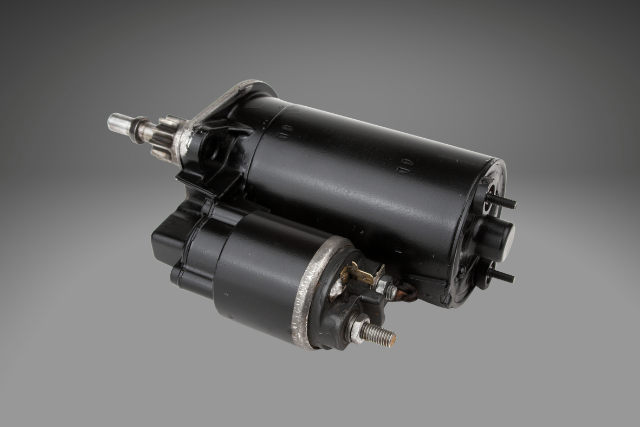
The starter motor is used to crank the engine up so as to start the motorcycle.
If the starter motor malfunctions, then there will be problems in cranking the engine and hence starting the motorcycle.
For old motorcycles (read at least five years old), the chances of a dead starter motor is a possibility, which is what is creating starting problems.
So, you need to check the starter motor for damages which might be the cause for your motorcycle not starting even when the battery is in good working condition.
How to confirm
Testing the starter motor is difficult. You need to remove the starter motor from the motorcycle and test it.
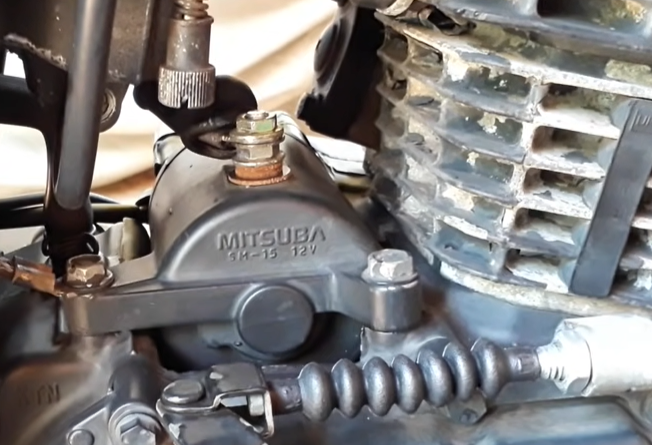
While detailed step-by-step testing steps are difficult to explain, the gist is to take out the starter motor, connect the motor to a working battery and check whether the motor works and its shaft rotates.
You can check out this video for a better understanding.
How to fix
If the starter is not working, then you need to replace it with a new one.
The most likely cause for the bad starter could be a malfunctioning starter motor solenoid, or a worn-out starter motor brush.
Replacing the starter motor with the solenoid is the ideal solution here.
Once the starter is replaced and is in working condition, the motorcycle should be able to start.
#6: Engaged gear or clutch is NOT pulled in
Beginner mistakes. If the motorcycle is not in neutral gear or if the clutch is not pulled in, the motorcycle won’t start.
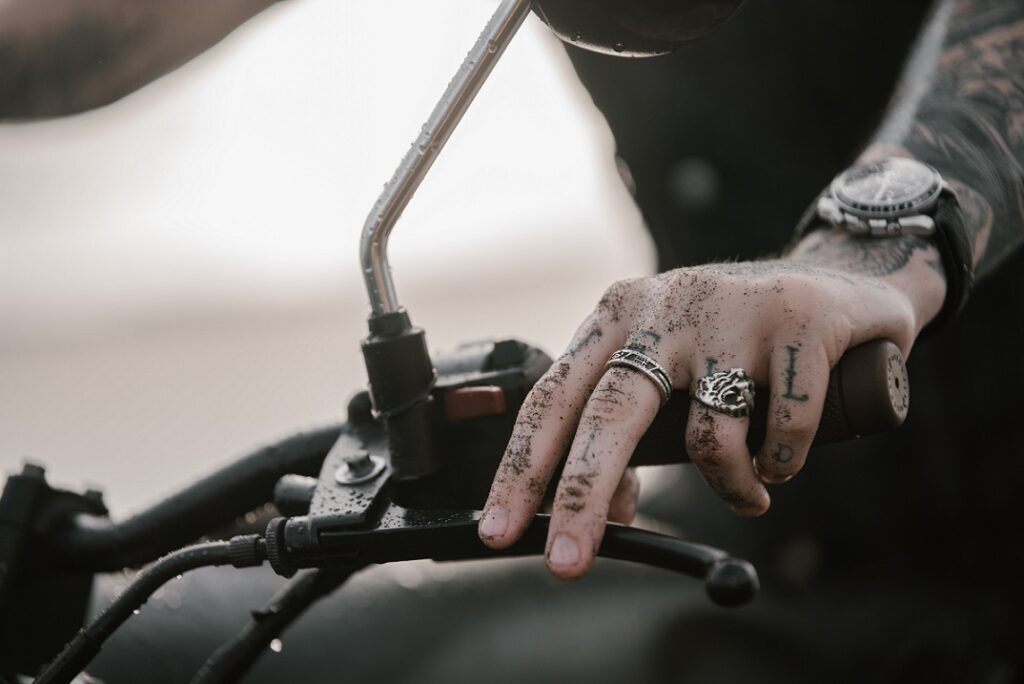
This is a beginner thing. While starting the motorcycle, if you are not pulling the clutch in then the motorcycle won’t start.
Similarly, you need to ensure that the motorcycle is in neutral gear. Neutral gear is the landing gear where the motorcycle will start.
You can also start the motorcycle in first gear by pulling in the clutch.
But for higher gears, you won’t be able to start as the motorcycle will die down once you release the clutch to move forward.
How to confirm
You need to check which gear the motorcycle is in. Oftentimes, motorcycle riders leave the bike at the gear they were the last running before halting.
So, when they start the motorcycle next time, the bike is in a higher gear and not neutral.

Check the gear you are in since the motorcycle won’t start in a higher gear. If the motorcycle is indeed in a higher gear, you need to change the gear.
How to fix
This is easy. For higher gear, just shift the gear down to the neutral gear.
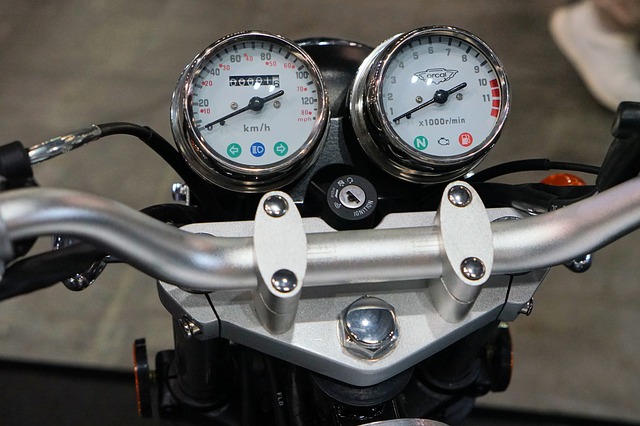
Even first gear works as well as long as you pull in the clutch while electric starting or kickstarting.
That’s it. That should do the trick and you should be able to start your motorcycle without a hassle now.
#7: Damaged spark plugs
A damaged or worn-out spark plug will not ignite the engine and can prevent the motorcycle from starting.
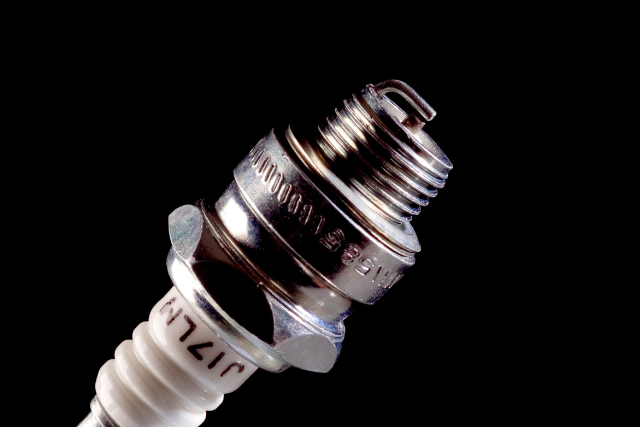
Spark plugs play a vital role in engine performance by igniting the fuel mixture. If they are not doing their job right, there will be lots of engine shortcomings and can even cause the motorcycle to not start at all.
That’s why a damaged or worn-out spark plug needs to be addressed as early as possible.
How to confirm
Take out the spark plug from the engine. You can locate the spark plug wire going into the engine and can remove it from there.
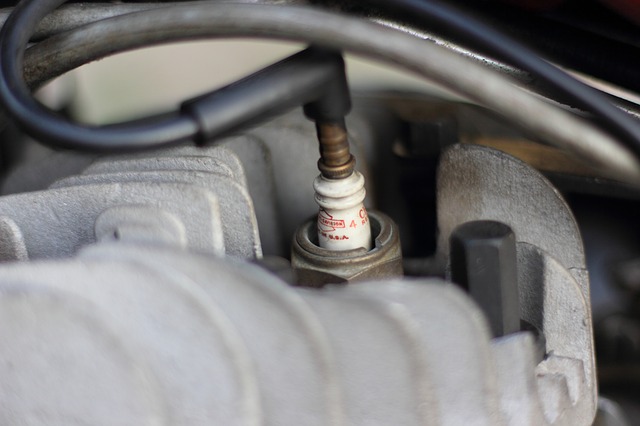
Once removed, check the condition of the spark plug. You can read the spark plug based on the condition, color, and texture of the deposits (here is a guide on reading the spark plug condition).
Check the center electrode. If the electrode is worn out, or if there are deposits – be it oil fouling, carbon fouling, or ash deposits, then the spark plug needs to be replaced.
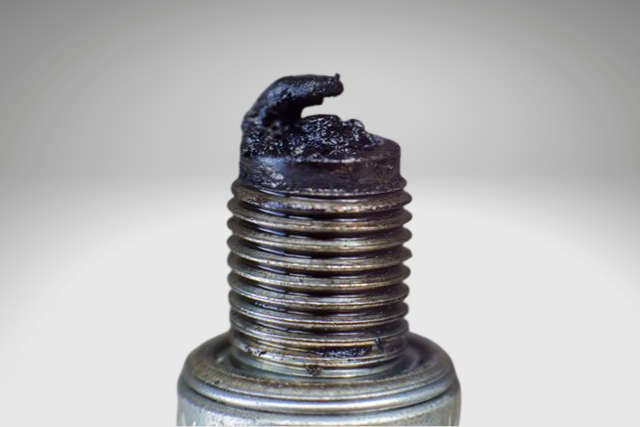
Problems in spark plugs can also be noticed in the form of symptoms like – engine misfiring, low fuel economy, rattling noise, rough idling, and starting problems.
How to fix
To address the spark plug problem, the solution is to replace the spark plug with a new one.
While the deposits can be cleaned with a wire brush and the old spark plug can be reused, it is not the best solution.
Old spark plugs are more susceptible to getting worn out again. So, it is better to replace the spark plug with a new one. Especially when the spark plug is creating starting problems.
For spark plug change, here is a step-by-step guide to change spark plugs for your reference.
Before installing a new spark plug, check the spark plug gap and ensure it falls within the tolerance limits specified by the manufacturer.
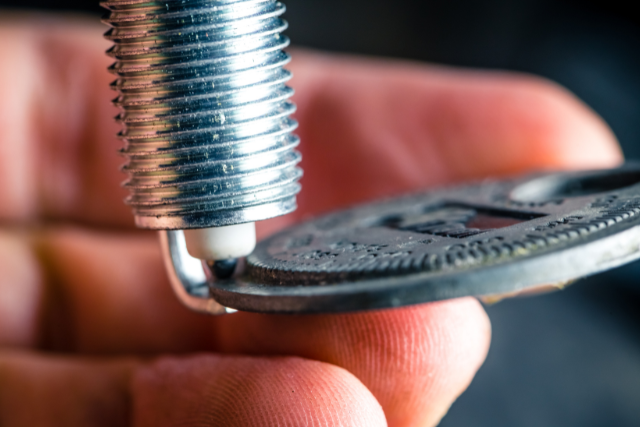
Also, ensure that the plug washer is in good condition. Lastly, tighten the new spark plug (a half turn after it seats). The motorcycle is ready to go now.
Conclusion
It’s frustrating when you go to start your motorcycle, but it won’t start even when the battery is in good working condition.
Luckily there are several proven fixes:
- Check for blown fuses. If the main fuse or the ignition fuse is blown, the motorcycle won’t start.
- Make sure the fuel tank has enough fuel. Low fuel is another reason why the bike is not starting. In addition, ensure the reserve fuel switch is not in the OFF position.
- An overlooked mistake is starting the motorcycle with the kill switch in the ON position. Press the kill switch OFF and then try starting the motorcycle.
- Corroded battery terminals are another concern even if the battery itself is in good working condition. Check for terminals’ oxidation and clean up.
- Malfunctioning starter motor especially a malfunctioning starter motor solenoid, or a worn-out starter motor brush can prevent the motorcycle from starting. Replacing the starter motor with the solenoid is the ideal solution here.
- The motorcycle cannot be started when in a higher gear. Neutral gear is the landing gear to start the bike. If not, first gear works as well as long as you are pulling the clutch in.
- Damaged or worn-out spark plugs lead to motorcycle starting problems as well. Check the spark plug electrode and inspect the deposits. If the spark plug is worn out or has too much deposits, replace it with a new one.
